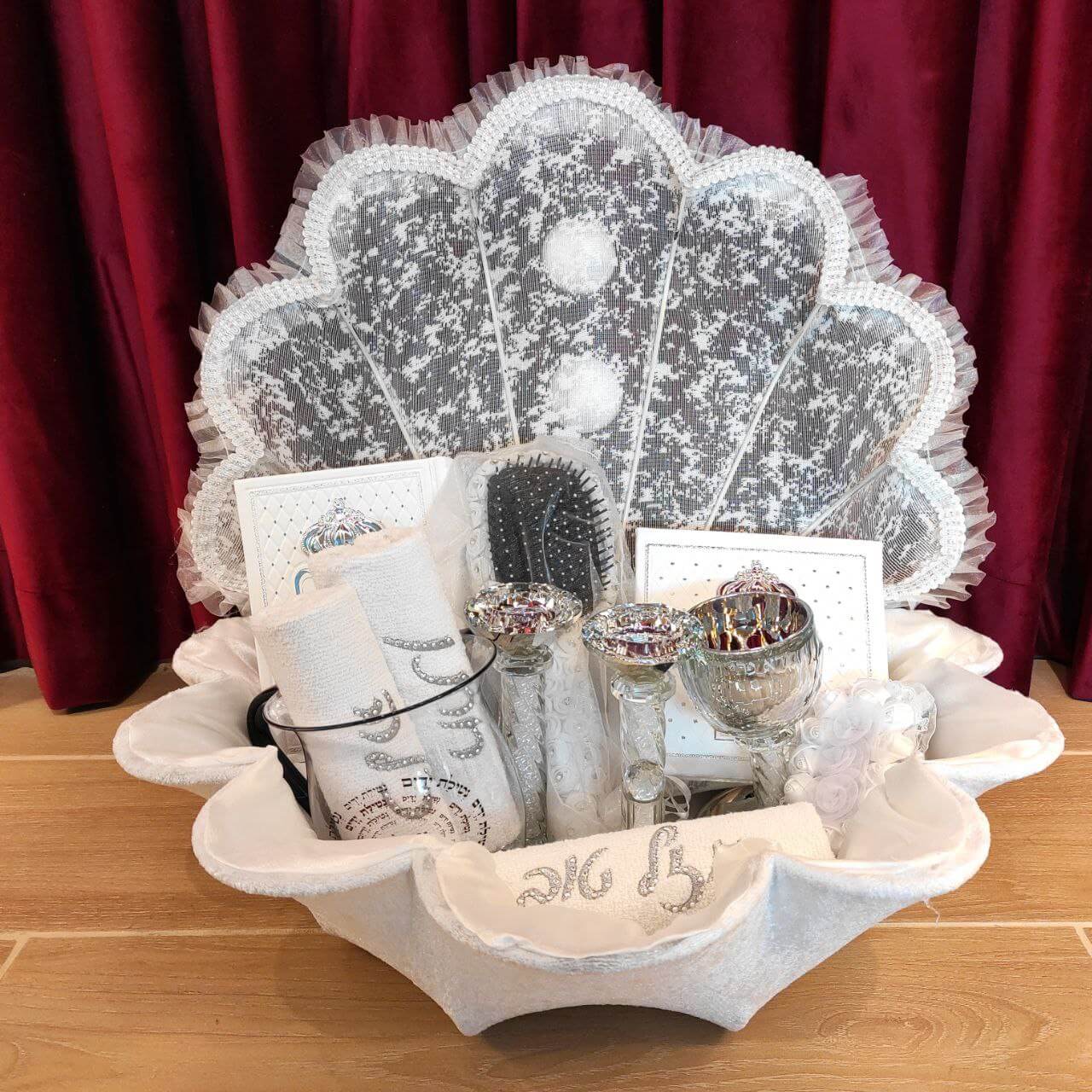
Amazon.com: מתנות חתונה, מתנה למסיבת כלה, מתנה לכלה לעתיד, מחזיק טבעת אירוסין או נישואין - מתנת רווקות לכלה, מתנות לאם הכלה/החתן : ביגוד, נעליים ותכשיטים

Amazon.com: מתנות חתונה, מתנה למסיבת כלה, מתנה לכלה לעתיד, מחזיק טבעת אירוסין או נישואין - מתנת רווקות לכלה, מתנות לאם הכלה/החתן : ביגוד, נעליים ותכשיטים

Amazon.com: Gifts for Mom from Daughter - Mother Embracing Daughter Ornament with Sentiment, Gift for Mother's Day Thanksgiving Christmas, Birthday Gifts for Mom, Wedding Gift from Mother to Bride : Home &

Amazon.com | Bride To Be Gifts For Her - Wedding Gifts For Bride - Valentine's Day Gifts, Engagement Gift For Women - Bridal Shower Gift, Decorations, Bachelorette Gifts For Bride - Bride

Amazon.com: מתנה לחתונה שירה לכלה או לחתן מהורים חברים מותאם אישית לוח מתנה לבת בן חתונה מסגרת תמונה : לבית ולמטבח

Amazon.com: Gifts for The Bride Bridal Shower Gift for Bride to Be Christmas Soy Candle Gift for Best Friends, Sister Bachelorette Gifts for Bride Wedding Gifts Engagement Gifts for Couples Scented Candles

מתנה לחתן וכלה | צלוחית לטבעות נישואין | צלוחית לטבעות חתונה | מתנה לכלה | מתנה לחתונה |יום נישואין | מתנה לאירוסין | יום הולדת | חתונות וימי הולדת | חתונות ואירועים | מרמלדה מרקט

מתנה לחתן וכלה | צלוחית לטבעות נישואין | צלוחית לטבעות חתונה | מתנה לכלה | מתנה לחתונה |יום נישואין | מתנה לאירוסין | יום הולדת | חתונות וימי הולדת | חתונות ואירועים | מרמלדה מרקט

Amazon.com: מתנות חתונה, מתנה למסיבת כלה, מתנה לכלה לעתיד, מחזיק טבעת אירוסין או נישואין - מתנת רווקות לכלה, מתנות לאם הכלה/החתן : ביגוד, נעליים ותכשיטים

מתנה לחתן וכלה | צלוחית לטבעות נישואין | צלוחית לטבעות חתונה | מתנה לכלה | מתנה לחתונה |יום נישואין | מתנה לאירוסין | יום הולדת | חתונות וימי הולדת | חתונות ואירועים | מרמלדה מרקט

Amazon.com: מתנה למסיבת כלה, מתנות חתונה, מתנת אירוסין, מתנות חתונה מותאמות אישית לזוג, כוס חתונה ייחודית לכלה לעתיד, מתנות כלה, מתנות ירח דבש (ורוד) : ביגוד, נעליים ותכשיטים

Amazon.com: Junkin Wedding Bouquet Charm Oval Bridal Charm Memorial Photo Charm Bride Gift Anklet Wedding Gift Embroidered Handkerchief Wedding Day Bride Gift for Wedding Party Bridal Bouquet Decoration : Clothing, Shoes &

מתנה לחתן וכלה | צלוחית לטבעות נישואין | צלוחית לטבעות חתונה | מתנה לכלה | מתנה לחתונה |יום נישואין | מתנה לאירוסין | יום הולדת | חתונות וימי הולדת | חתונות ואירועים | מרמלדה מרקט

Amazon.com: Laluminter מתנות חתונה לכלה מחתן רומנטי, כרטיס ארנק חרוט לחתונה אישה, חתן לכלה ביום החתונה, כלה להיות מתנה בשבילה : ביגוד, נעליים ותכשיטים

Amazon.com: קופסת מתנה לכלה לאמבטיה - 4 יחידות של מתנות כלה יוקרתיות - מתנות למסיבת כלה כמתנות, מתנות אירוסין לנשים, מתנות רווקות לכלה, מתנות חתונה לכלה, מתנות מאורסות בשבילה : יופי וטיפוח

Amazon.com - Couples Gifts Photo Holder Girlfriend Gifts - Bride and Groom Gifts Wedding Gifts for Wedding and Engagement - Engaged Present for Fiancé and Fiancee - Engagement Gifts for Newly Engaged Couples

Amazon.com: Q.Hou מתנות לחבר/חברה, מתנות חתונה לזוג, מתנה למסיבת כלה לכלה, מסגרות תמונה מעץ לבן משופשף עם משטח לתמונות 12.7x17.8 ס"מ כולל נייר כתיבה ריק ושרשרת זוגות נחמדה (NQH-WG002-RW) : לבית ולמטבח







